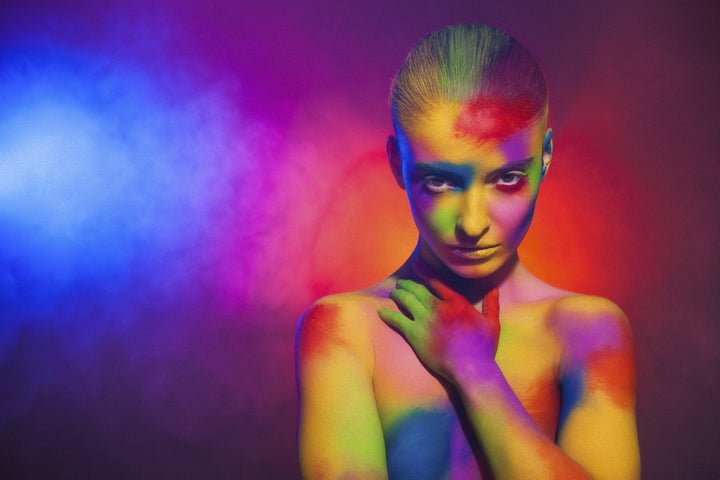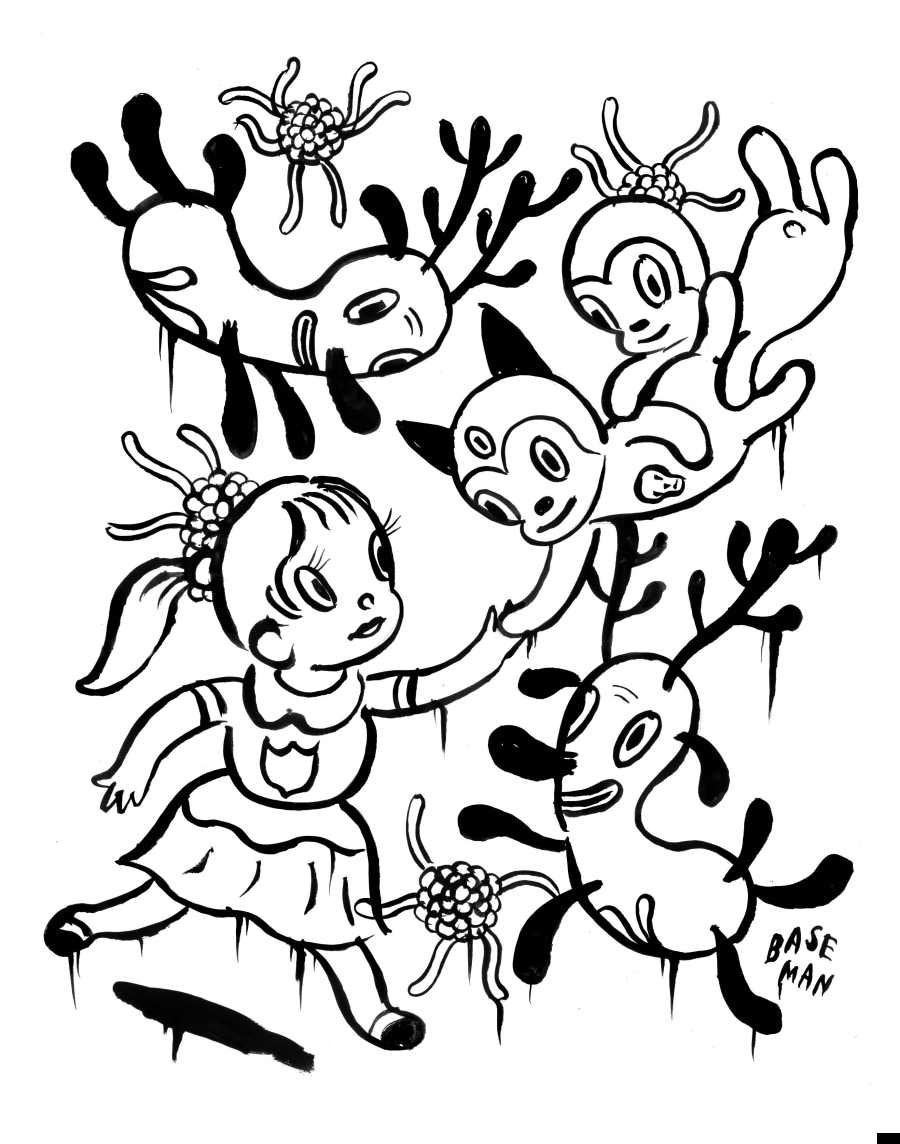
In 1960 the abstract expressionist Yves Klein, famous for trademarking a color and using it to coat everything from canvases to the bodies of female subjects, conducted a symphony.
Like nearly everything else he created, it was meant to be a sensory experience for the viewer (or in this case, listener). His intention was to recreate an auditory version of his famous shade of blue. In theory, listening to the orchestra working in unison to hold the same note steadily should have the same effect as looking at a deep-sea hue so vibrant it almost pulsates.
You can listen to a 2013 recreation of the “Monotone and Silence Symphony” on YouTube -- or at least the first three minutes and 11 seconds of it, which is enough to get the gist. The original performance is much longer, and involves a built-in moment of silence afterwards, but still I thought listening to the condensed version would be a fun “date night” activity to share with the person I was seeing at the time. (This relationship did not work out.)
After 30 seconds or so I felt disoriented. The vibrations of the instruments fused into one long, enveloping hum, like if background noise were turned up a few notches. I knew I was supposed to be experiencing the sound as a color, so I closed my eyes and cleared my head. Jarring sounds always remind me of the color yellow, and that’s what popped up while listening attentively, instead of the intended blue.
“I heard a color!” I thought at the time, remarking to my date that I must have synesthesia, later backtracking to explain that it’s “probably a spectrum.” The condition that makes people experience multiple sensory responses to a single sensory input is so linked to creativity -- and even transcendence -- that it’s become a badge of sorts.
Actually, synesthesia is hardly a spectrum. As a Boston University lab focused on the subject explains, “the synesthete does not have to trigger the second sensory experience consciously; it happens on its own as a response to a stimuli.” And, “the synesthete cannot control when the synesthesia happens,” which sounds pretty stressful.
A new video produced by Great Big Story surveyed the experiences of people with synesthesia, most of whom were thankful for the phenomena, saying their lives would be “more empty” without it.
The video also highlights how hard it is to distinguish between synesthesia and a tendency to think metaphorically, quickly recalling the cultural associations we have with certain numbers or colors. One interviewee, for example, said the number six reminds her of a flirty woman. But is this a true example of multiple senses flooding her perception, or does it reflect her ability to draw quick connections between disparate symbols? "Six" is a word with sinister-sounding consonants, and wicked cultural associations -- would it be a huge jump to consider it akin to the sometimes socially shunned figure of a flirtatious vixen?
Subbing in a number for an illicit image with a similar connotation -- “One” is a slithering snake, “seven” is divine -- is an act of metaphorical speech, not synesthesia. The two have been mixed up as early as 1698, when John Locke wrote about a blind man who believed the color scarlet sounded like a trumpet. Could he truly experience color via the sound, or was he making creative assumptions?
A truer experience of synesthesia would be a tendency to color-code numbers, or to attribute a shape or color to the experience of physical pain. A few respondents on the video mused: "the number 3 is blue," or "the sound of banjos tastes like Oreos."
Regardless of whether you have synesthesia, you can elicit the colors of sounds on your own, like I did with “Monotone and Silence Symphony.” The experience may not be transcendent, but it’s sure to be vivid.
Also on HuffPost:


